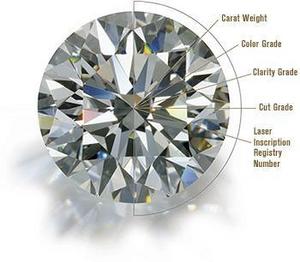Sometimes, a toenail will start to grow in the wrong direction. As a result, the edge of the nail will begin to grow into the skin, cutting into your flesh in the process.
Ingrown toenails can be painful. The area around the sore can be red, tender, and swollen. Some ingrown toenails can even become infected, at which point you should see a doctor. (For people who suffer from diabetes, or other conditions that cause poor circulation to the feet, ingrown toenails are more likely to cause complications.
Most of the time, ingrown toenails can be treated at home.
Soaking your feet will relieve the pain of ingrown toenails.
Soaking your feet in warm water for about fifteen minutes a day will relieve the tenderness and swelling ingrown toenails can cause. Use a footbath composed of one teaspoon of salt for every pint of water.
You should also soak your feet to soften ingrown toenails before you clip them.
“Retrain” your ingrown toenails.
Ingrown nails occur when a nail starts to grow in the wrong direction, eventually cutting into your skin and flesh. But you can somewhat control the growth of a toenail. After your toenail has been softened by a foot soak, place a small piece of cotton between your skin, and the nail edge that’s growing into your skin. Do this regularly and, eventually, your ingrown toenails will begin to straighten out, growing above the skin.
Cut ingrown toenails straight across.
You can help to “cure” ingrown toenails by cutting nails straight across. For cosmetic reasons, many people give each toenail a slightly curved shape. But, while this might look nice, it won’t help your ingrown toenails. Instead, you should cut each toenail straight across. And use a pair of quality toenail clippers that won’t tear your nails.
Don’t cut nails too short. You want to cut each toenail so that it’s even with the tip of your toe.
After clipping, use a nail file to smooth the corners of each toenail. This will make the edges of the ingrown toenails that are cutting into your skin less sharp and painful.
Try over-the-counter remedies.
If ingrown toenails are causing you severe pain, consider taking an over-the-counter pain reliever acetaminophen (to relieve pain), or ibuprofen (to relieve pain and swelling).
To prevent infection, use an antibiotic ointment to the skin surrounding ingrown toenails, and then cover the area with a bandage.
Your footwear will affect your ingrown toenails.
When you have ingrown toenails, wearing shoes that are too tight in the toe will press the nail into your flesh even harder, which will cause you more pain. So, when you have ingrown toenails, wearing shoes that give you plenty of toe room is your best option. Wearing sandals or open-toed shoes would be even better. You should also avoid wearing socks or stockings, which can also be painful if you have ingrown toenails.
With these home remedies, you can ease the pain and discomfort of ingrown toenails. And, with regular care, you can make ingrown toenails a thing of the past.


